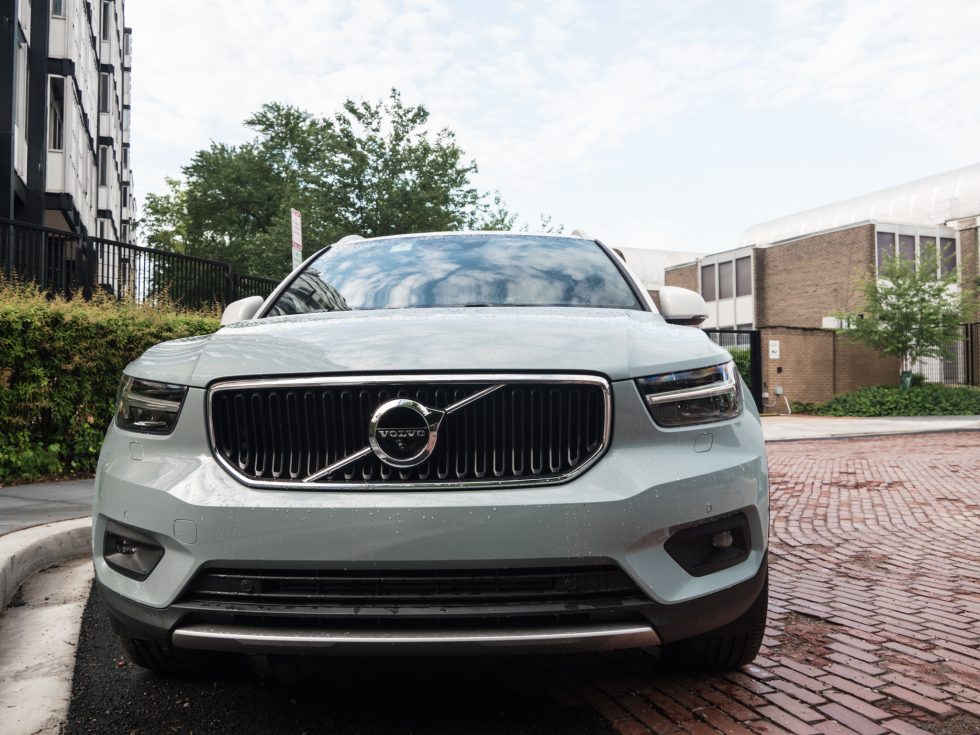-

This is the 2019 Volvo XC40 crossover. [credit: Jonathan Gitlin ]
In October, we got our first look at one of the cars I'm really excited to drive next year. It's Volvo's first long-range battery EV and an important vehicle for an automaker that has been an early proponent of rapid electrification. The Swedish automaker has been firing on all cylinders (and maybe soon energizing all electromagnets?) in the years since its acquisition by China's Geely in 2010; it's notable that the oldest vehicle in its line-up is the XC90, which only debuted five years ago. The electric Volvo XC40 won't go into production until 2020, but in the meantime we have driven the gasoline-powered variant, the Volvo XC40 T5, and it's really rather good.
The XC40 is the first Volvo to use the company's Compact Modular Architecture, a toolkit for building smaller cars and crossovers that is also going to be used by Polestar, Lynk & Co, and also parent company Geely. So it's unlike the other Volvos (and yes, the Polestar plug-in) we've driven until now. CMA gives a lot of flexibility when designing a car; about the only fixed dimension is the one between the front axle and the driver's pedals. It was also designed to work with three- or four-cylinder engines, front- or all-wheel drive, or with a plug-in hybrid EV powertrain (as well as next year's BEV). I'm going to assume it's flexible enough to make smaller sedans, hatchbacks, and wagons, too, but so far across the four aforementioned brands we've only seen crossovers.
Here in the US, we only get two options right now: the 187hp (140kW), 221lb-ft (300Nm) FWD T4, which starts at $34,345, or the 248hp (185kW), 258lb-ft (350Nm) AWD T5, which starts at $36,345. In both cases, the internal combustion engine is a turbocharged version of Volvo's 2.0L gasoline direct-injection four-cylinder unit, and the eight-speed automatic gearbox is the sole transmission option.
No comments:
Post a Comment